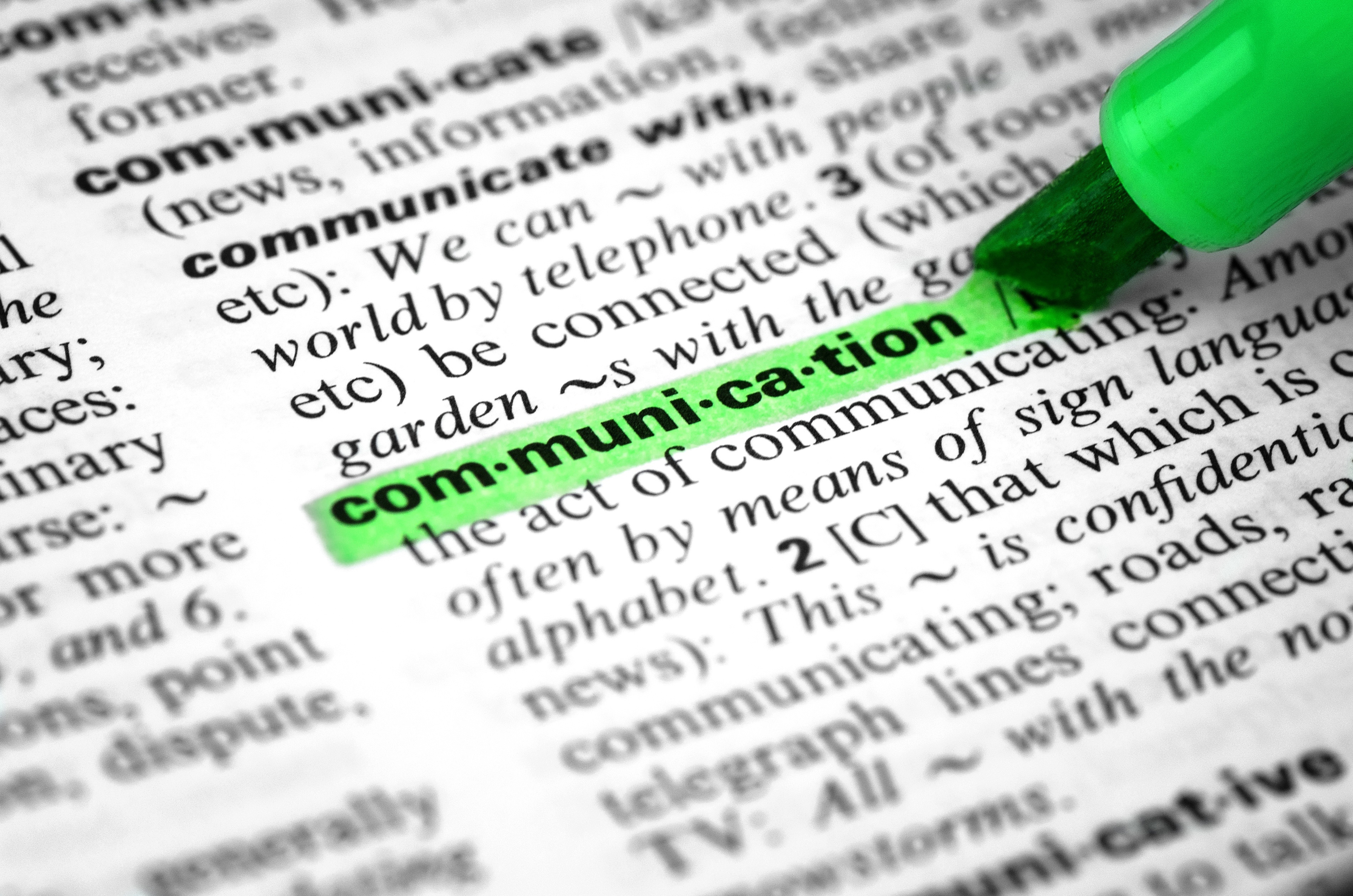
Emails are one of the great inventions of recent times. They are quick, convenient and offer a multitude of efficiencies.. But, they can also cause great havoc.
Why?
Daniel Goleman wrote about this some ten years ago, and things haven’t improved since then. In fact, with the advent of instant messaging and texts, it’s probably fair to say that things have become worse.
As Goleman says – emails are easy to write (and misread).
Why do emails cause havoc?
At the heart of this havoc are two causes:
- The lack of other cues (body language, tone, volume and pitch of voice etc) means that the reader can “read down” the intent of a positively written email to be neutral, and a neutrally written email to be negative.
- We put content into emails that should be dealt with face to face (at best) or on the phone (at least).
It’s so tempting!
We have all done it. Avoided the conversation that needed to happen by writing an email or text instead. And we tell ourselves that it’s about efficiency and conciseness and other good stuff.
Other consequences to the email havoc
Putting something in an email means you have no control over how and when the email is read.
- There is no way of knowing what sort of mood someone is in at the time that they open and read the email.
- You don’t know what else is happening in their lives at that particular time.
- You can’t amend the message for clarity or understanding. It is what it is – and it is received how it is received.
What happens then?
What generally ends up happening is a series of clarifying emails back and forth (if we’re lucky). Or miscommunication/misunderstanding (if we’re not).
Almost always – we spend more time and energy on fixing/clarifying the message than we would have done had we had a conversation in the first place. And there’s the inevitable dilution/diminution of trust.
So what to do?
We all know what to do really.
If there is ANY chance of an email being misinterpreted. If the content is sensitive. Or if the receiver is time poor and likely to skim read .. Ask yourself – what’s the purpose of putting this in writing? Is it to avoid the conversation? Perhaps to protect myself in case something comes back to bite me?
And if the answer to those questions is essentially one of avoidance, then you know the content is better served in a conversation. Remembering of course, that there is nothing to stop a follow up confirmation email.
What do you think?
If this post has you thinking, and you’d like more information on great communication you can find my leadership book here which includes great free resources on communication. You can click here for my previous blog posts on communication.
And, if you would like to discuss how I could help you look at how improving communication might benefit your team get in touch.
Until next week, happy leading.


